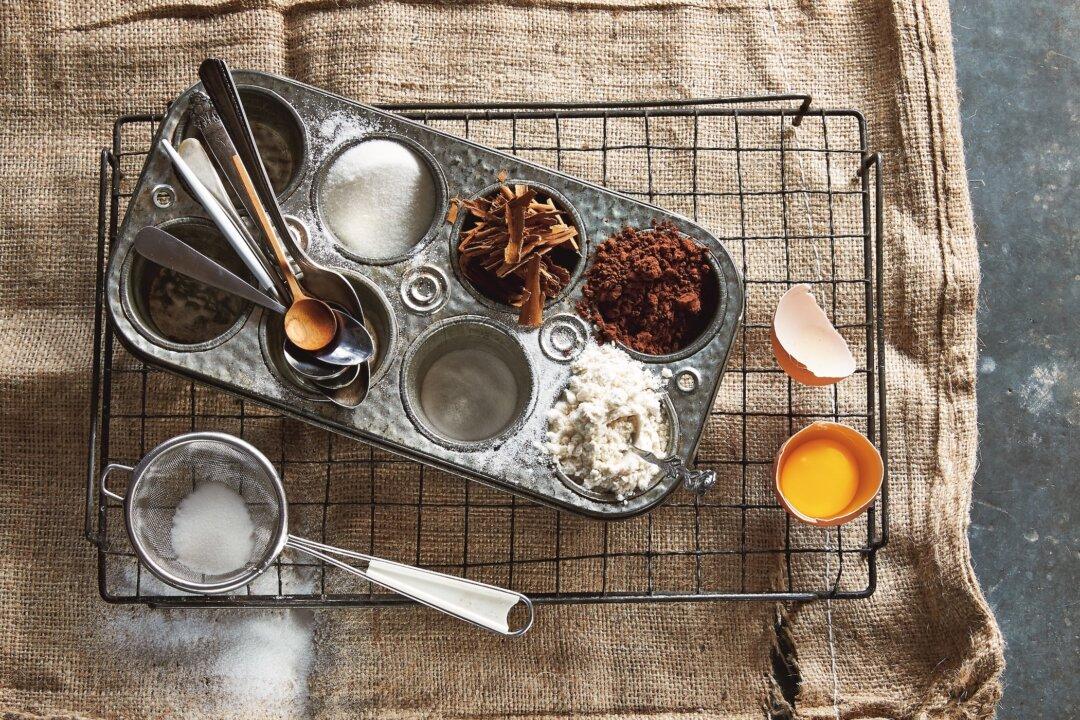When it comes to baking with spices, we tend to think of a limited cast of characters: cinnamon, nutmeg, allspice, cloves.
But how about white peppercorns? Ground sumac? Coriander seeds? Or Urfa pepper?


When it comes to baking with spices, we tend to think of a limited cast of characters: cinnamon, nutmeg, allspice, cloves.
But how about white peppercorns? Ground sumac? Coriander seeds? Or Urfa pepper?